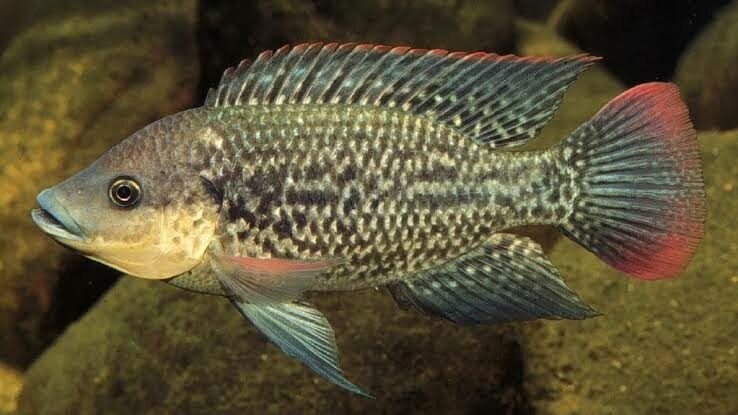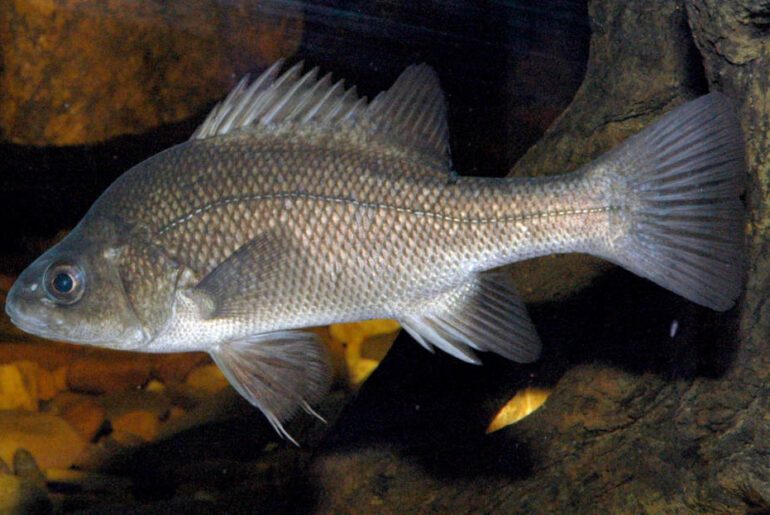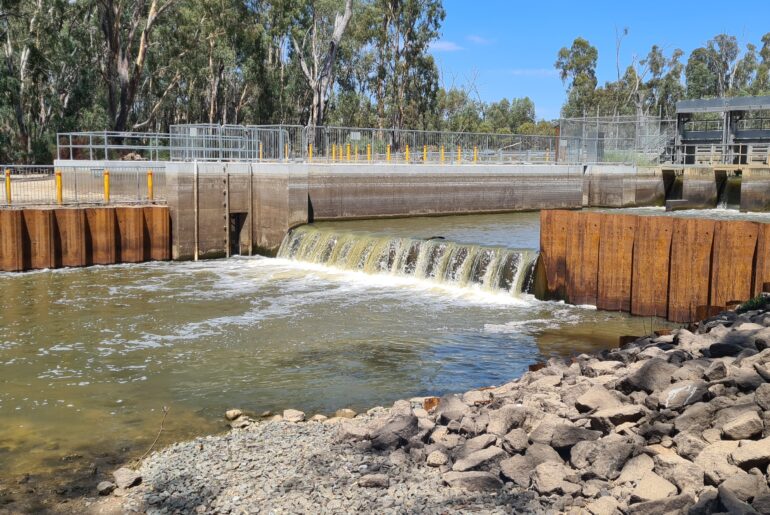There are currently no known tilapia populations established in the Murray-Darling Basin, however, unless we are vigilant now, it is likely they will invade. Tilapia are classified in the 100 worst pest animals, and one of the worst freshwater pest fish in the world by the International Union for the Conservation of Nature. The best way to stop tilapia establishing in the Murray-Darling Basin, is for people not to move tilapia into the Basin in the first place. There is a high risk of a tilapia incursion into the Murray-Darling Basin with tilapia (Oreochromis spp.) populations established in four neighbouring catchments, including creeks within 10 kms of the Basin. If tilapia become established in the Basin they are likely to survive across most of the Northern and Western Basin.
People are the major risk of translocating tilapia into the Basin. Tilapia are mouth brooders keeping their eggs and fry in their mouth which means the eggs can survive for a very long time, even if the parent fish is dead. People moving tilapia into the Basin dead or alive is a high risk for an incursion.

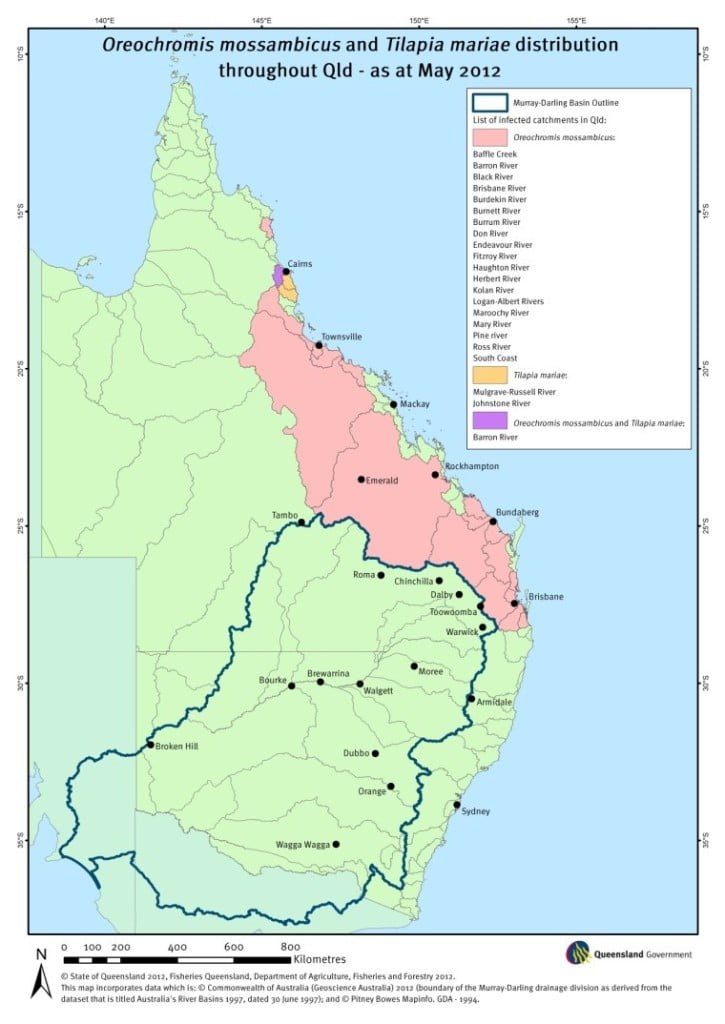
Tilapia impacts:
It is expected that an established tilapia population in the Basin, will:
- Cause reduced water quality including increased blue-green algal blooms and winter fish kills.
- Dominate refuge waterholes during droughts due to their ability to stunt growth and breed under harsh conditions.
- Compete with native fish for food and space, excluding native fish from breeding areas and reduce the breeding success of many native fish species.
- Predate on small native fish.
- Disturb aquatic plants and increase the turbidity of the water.
- Ultimately cause an additional impact on already stressed river systems and native fish, resulting in economic, social and environmental impacts to Basin individuals and communities.
The Murray-Darling Basin tilapia exclusion strategy
The strategy raises the community’s awareness of the risks and impacts tilapia pose to the Basin. Community members are trained to educate their networks not to bring tilapia into the Basin; the impacts tilapia will cause to the Basin, and; to identify tilapia and report them if they are ever detected. Early detection of new pest fish outbreaks is vital to allow pest management options to be undertaken. Please report any unusual fish sightings to the State Government through the Pest Fish Reporting tools
- QLD DAF – call centre 132523 or daff.qld.gov.au
- NSW DPI: (02) 4916 3877 or pests@industry.nsw.gov.au
Identifying tilapia:
The diagrams below are useful for recognising the difference between tilapia and our native fish.
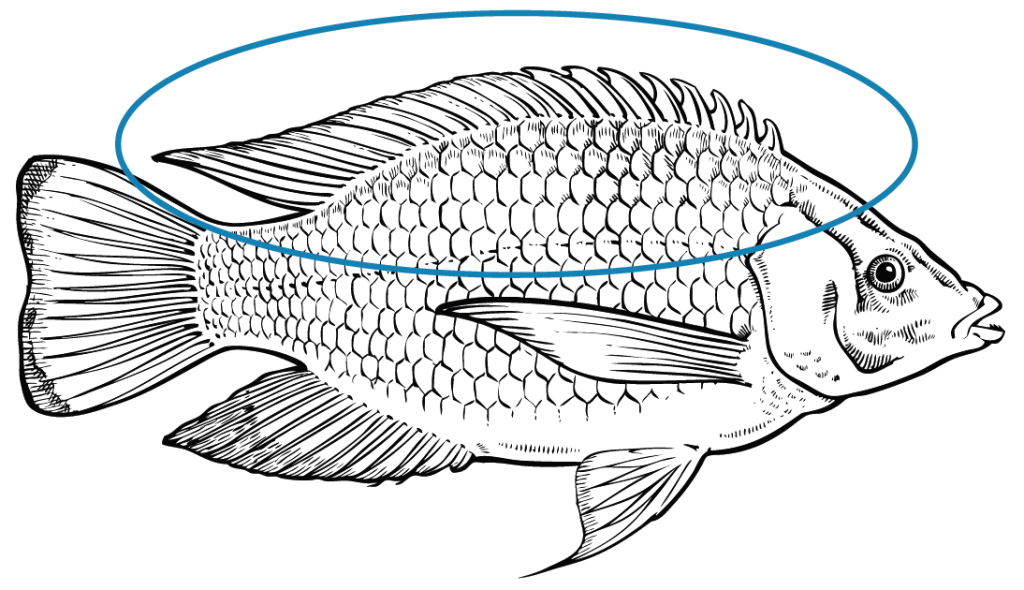

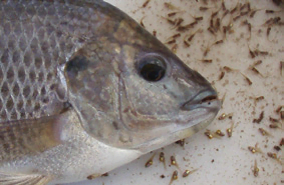
Related stories:
https://finterest.com.au/actions-to-exclude-tilapia-in-the-mdb/
